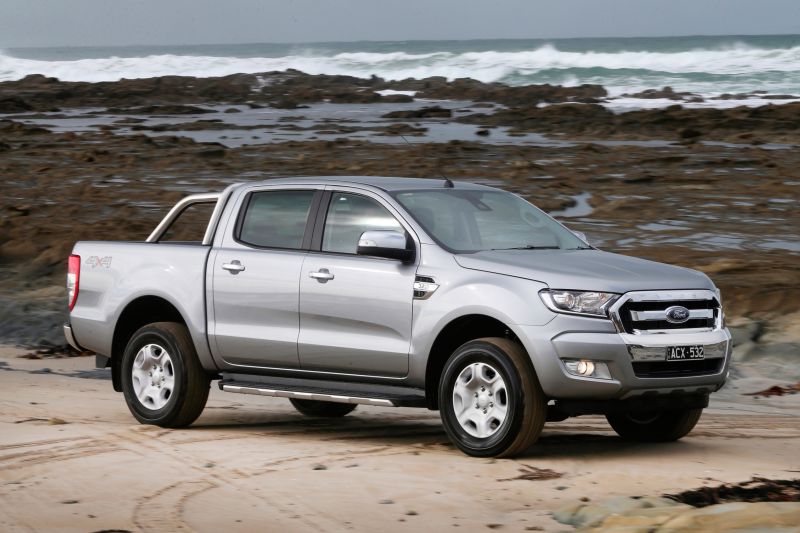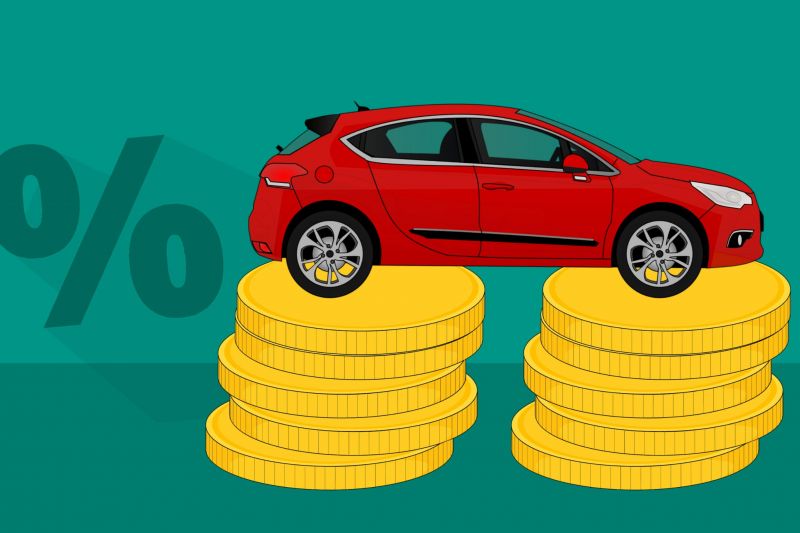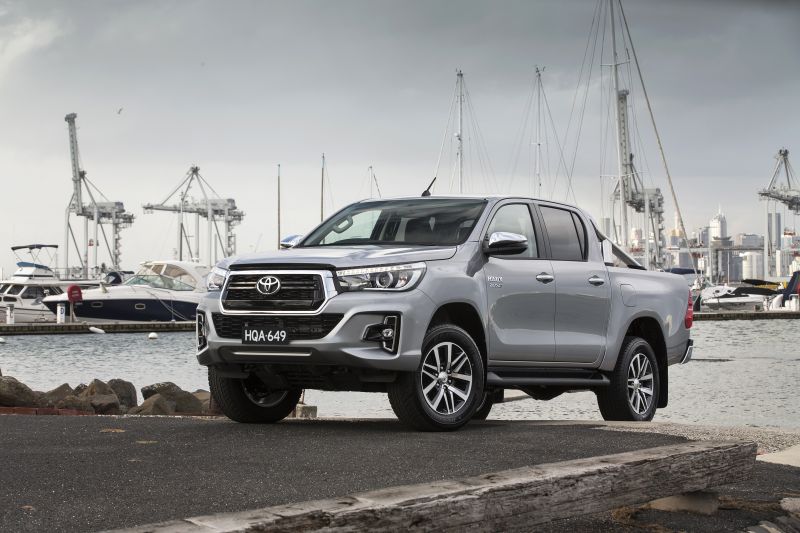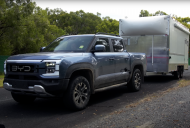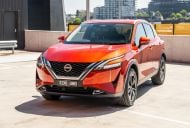The Federal Government has today extended the more generous cap placed on the Instant Asset Tax Write-Off scheme.
Originally scheduled to end on June 30, 2020, businesses will be able to spend up to $150,000 on commercial vehicles and $57,581 on passenger cars until December 31, 2020, and claim the value of their purchase.
UPDATE, 29/06/2020 11:00am: We have pulled the story forward as June 30 approaches.
Federal Treasurer Josh Frydenberg said the move is designed to “support business sticking with investment they had planned” and encourage them “to bring investment forward”, in a statement published in The Guardian.
The Federal Government has assigned $300 million to covering the cost of the extension.
Which utes are eligible for the full $150,000 instant asset write-off?
The extension has been welcomed by the peak body for car dealers, many of which are struggling on the back of slowing sales driven largely by lockdowns designed to stop the spread of COVID-19.
“We 100 per cent welcome the extension to December,” said James Voortman, CEO of the Australian Automotive Dealer Association (AADA).
“This is going to hopefully help businesses looking to invest in a car follow through with that decision, and in the process [help] car dealers who have been doing it tough for a couple of years now, particularly in the months of April and May.”
The peak body for carmakers in Australia, the Federal Chamber of Automotive Industries (FCAI), has also thrown its support behind the extended, expanded Instant Asset Tax Write-Off.
James Voortman says the AADA is pushing to have that $57,581 cap on passenger cars removed, however.
“We just see there is no rationale for it. There’s no limit on other products, so we’re in a situation where an eligible business can buy a boat for the full amount, but not necessarily a car,” the AADA CEO told CarExpert.
How does instant asset write off work?
We live in unprecedented times. Lockdowns designed to prevent the spread of Coronavirus have wrought havoc on the Australian economy, and the Federal Government is going to unprecedented lengths to encourage spending.
One of the measures announced is an expansion of the Instant Asset Tax Write-Off scheme.
The program had its ceiling lifted on March 12 from $30,000 to $150,000 for commercial vehicles, and $57,581 for passenger cars – provided you buy before December 31, 2020. The passenger threshold will increase to $59,136 on July 1, 2020.
“It’s bringing your depreciation deduction upfront,” said Michelle Hartman, tax and advisory leader at Deloitte Private Sydney.
“By bringing the deduction forward, you can claim the tax deduction upfront. So you’re bringing forward the tax deduction, therefore there’s a cashflow advantage – you’re getting the tax saving now.”
The premise is simple. If you’re a small business owner, you can deduct the purchase price of your new business-related vehicle from your taxable income.
In some cases that will mean buyers pay less tax at their existing taxation rate, in others a shiny new ute will be enough to drop them into a lower tax bracket.
There are conditions, of course. You can’t just waltz into your BMW dealership, buy an M2 Competition, and slash a huge chunk from your taxable income. Sorry.
The expanded $150,000 cap only applies to commercial vehicles such as utes, vans, or trucks. The official cutoff to be classified as a commercial vehicle is a payload above 1000kg or capable of carrying more than nine people.
If your car doesn’t meet those criteria, the threshold drops to $57,581 – still up on the original $30,000 cap.
Although it includes luxury car tax, whether the threshold is inclusive of GST varies by business.
“GST depends on whether or not they’re registered for GST. If a business is not registered for GST, it will be GST inclusive,” Ms Hartman said.
Regardless of whether it’s a private car or a light commercial vehicle, it needs to be used for business to be eligible for the scheme. The percentage of time it’s used for that business determines how much of its value can be claimed.
“The way to determine the business use percentage is generally based on some sort of reasonable method like a logbook, you keep a logbook for 12 weeks and that will determine the business-related use,” said Ms Hartman.
For example, if you buy a Ford Ranger XLT for $60,540 before on-road costs and 60 per cent of your annual mileage is work-related, you can write off 60 per cent from the taxable income of the business, not the full price of the car.
If the Ranger was classified as a passenger car, only 60 per cent of the passenger car threshold would apply.
“That’s if the you’re buying [the vehicle] in your own name,” Ms Hartman explained. “If you’re buying it in an entity like a company, then generally the private use is subject to Fringe Benefits Tax.”
As for what constitutes business use? Driving the kids to school, commuting, and heading to the shops are private. If you’re using the vehicle to drive from client-to-client, however, that is considered business use.
The scheme is only applicable to business owners. If you’re an employee using your car for work, you can still claim up to 5000km back at around 68 cents per kilometre based on a logbook or diary.
For the official breakdown of Instant Asset Write-Off conditions check out the Australian Tax Office website.


